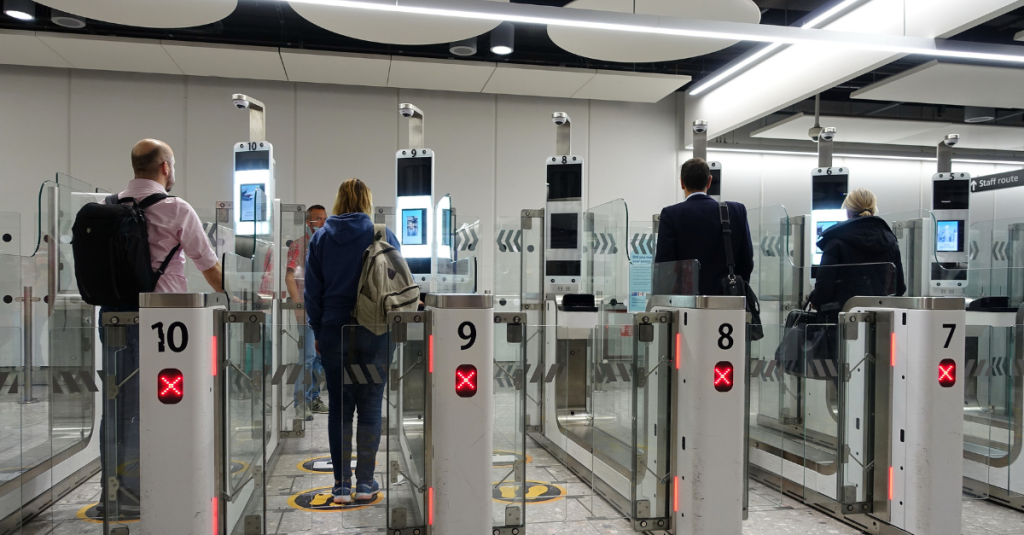The new EU Entry/Exit System (EES) is raising concerns among travel operators about potential disruptions.
- Aito, a group of specialist operators, is wary of the ‘unavoidable chaos’ the EES could create.
- The system promises improved customer experience but poses initial challenges like significant travel delays.
- Border controls are underprepared, risking long queues and confusion for travellers.
- Efforts are underway to prepare travellers and manage disruptions during the transition period.
The introduction of the new EU Entry/Exit System (EES) has sparked widespread concern among travel industry stakeholders, particularly specialist operators. This system, slated for launch on November 10, is intended to enhance travel through greater automation, yet Aito, an association of specialist travel agents and operators, foresees initial logistical challenges that could lead to substantial travel delays.
Aito acknowledges the long-term benefits that the EES might bring, such as improved efficiency in customer processing. However, the immediate concern is the readiness of border controls to implement these new procedures. With the current level of traveller awareness relatively low, there is a significant risk of prolonged queues and confusion at border points.
In response, Aito is actively collaborating with government and industry bodies to mitigate the anticipated disruptions. This preparation includes pinpointing potential ‘pinch points’ in the process and ensuring that contingency plans are in place. Aito’s recommendations to border authorities include relaxing checks when wait times become excessively long, a measure aimed at alleviating congestion during peak periods.
Furthermore, Aito advocates for the extension of the transition period beyond the initial implementation phase, suggesting a delay that would allow adjustments well into the summer of 2025. This extension could also accommodate the introduction of the European Travel Information and Authorisation System (ETIAS), which is expected to coincide with the EES, potentially compounding travel disruptions.
A notable initiative by Aito includes an upcoming webinar with the Foreign Office (FCDO) intended to brief travel agency members on these impending changes. This session will also serve as a forum for members to voice concerns and receive guidance on how best to navigate the forthcoming challenges. Interestingly, Aito members, as early adopters, will be among the first to experience the EES during their annual overseas conference in Valladolid, Spain, later this November.
Under the new EES framework, travellers without an EU passport will be subject to enhanced entry requirements, including biometric data collection, such as fingerprinting and photographs. The processing time per passenger is expected to increase significantly from 45 seconds to approximately two to three minutes, underscoring the potential for delays.
These measures highlight the travel industry’s proactive approach to managing transition challenges presented by the new EU entry regulations.

